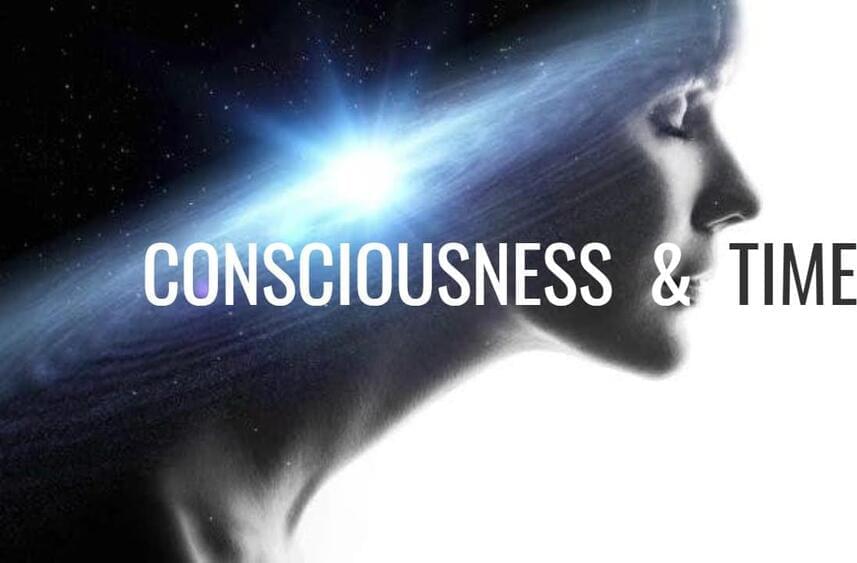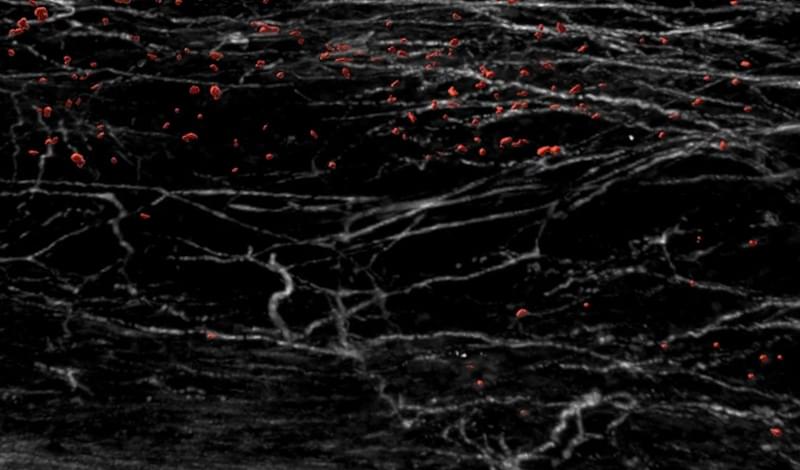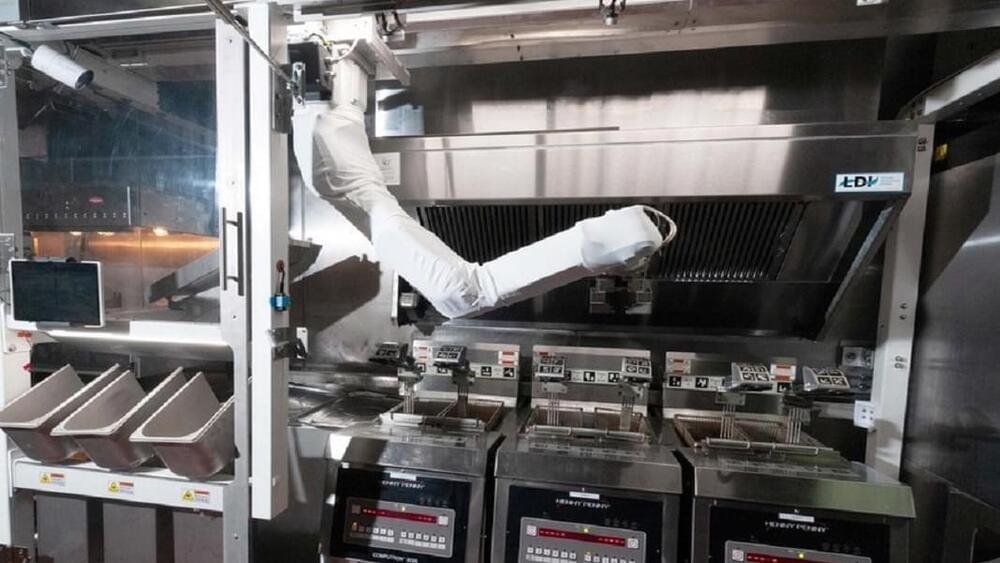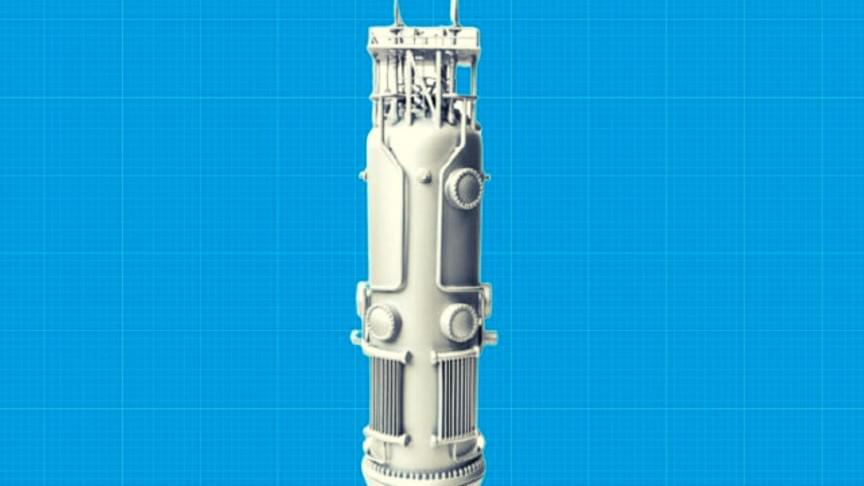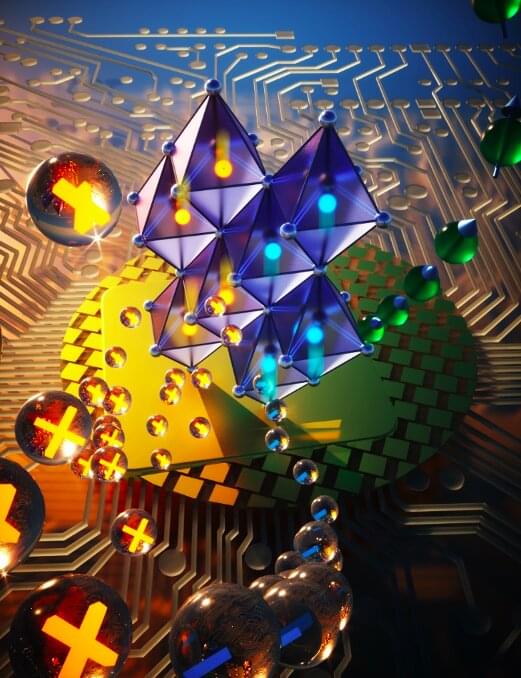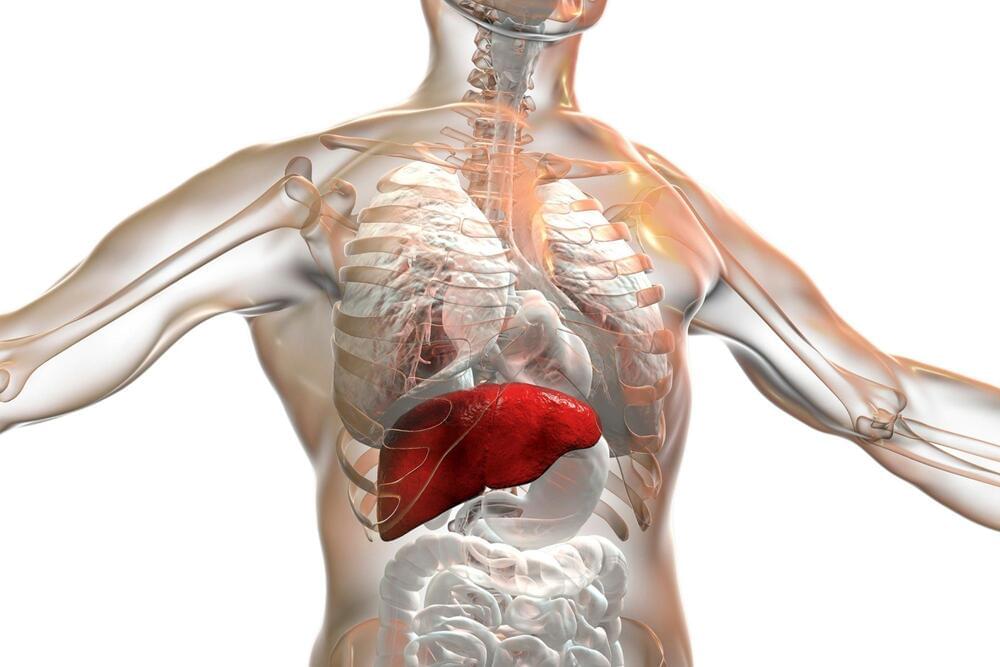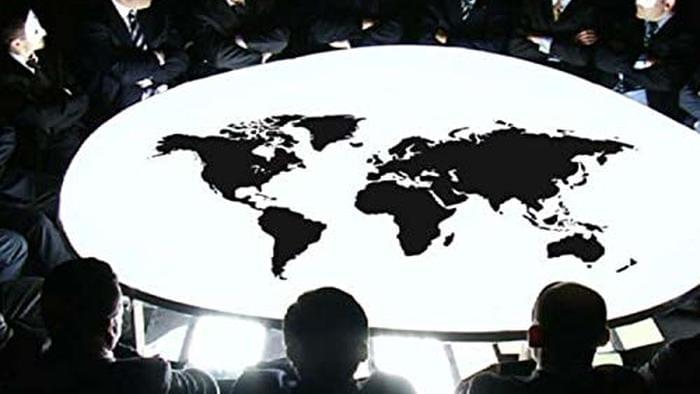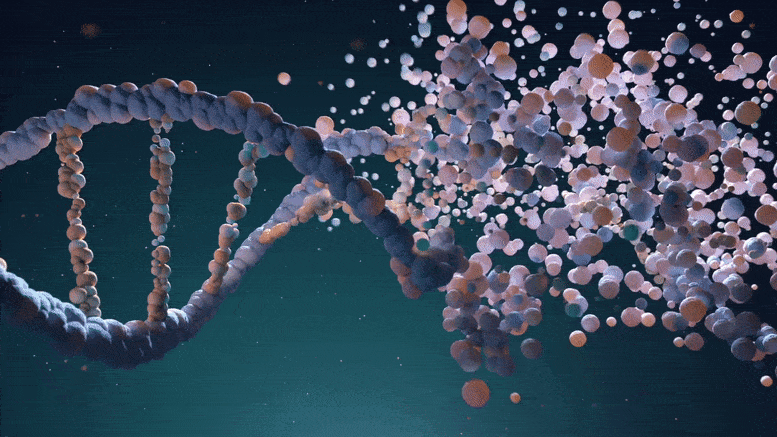The only experiential time is NOW. Our phenomenal minds spring into existence at increments of conscious instants. The sequence of these Nows constitutes our “stream” of consciousness. D-Theory of Time, or Digital Presentism, is predicated on reversible quantum computing at large and gives us a coherent theoretical framework on the nature of time. In the absence of observers, the arrow of time doesn’t exist — there’s no cosmic flow of time. Instead, each conscious observer is a digital pattern flowing within a multidimensional matrix.
Based on the Cybernetic Theory of Mind by evolutionary cyberneticist Alex Vikoulov that he defends in his magnum opus The Syntellect Hypothesis: Five Paradigms of the Mind’s Evolution, comes a newly-released documentary Consciousness: Evolution of the Mind.
This film, hosted by the author of the book from which the narrative is derived, is now available for viewing on demand on Vimeo, Plex, Tubi, Xumo, Social Club TV and other global networks with its worldwide premiere aired on June 8 2021. This is a futurist’s take on the nature of consciousness and reverse engineering of our thinking in order to implement it in cybernetics and advanced AI systems.
